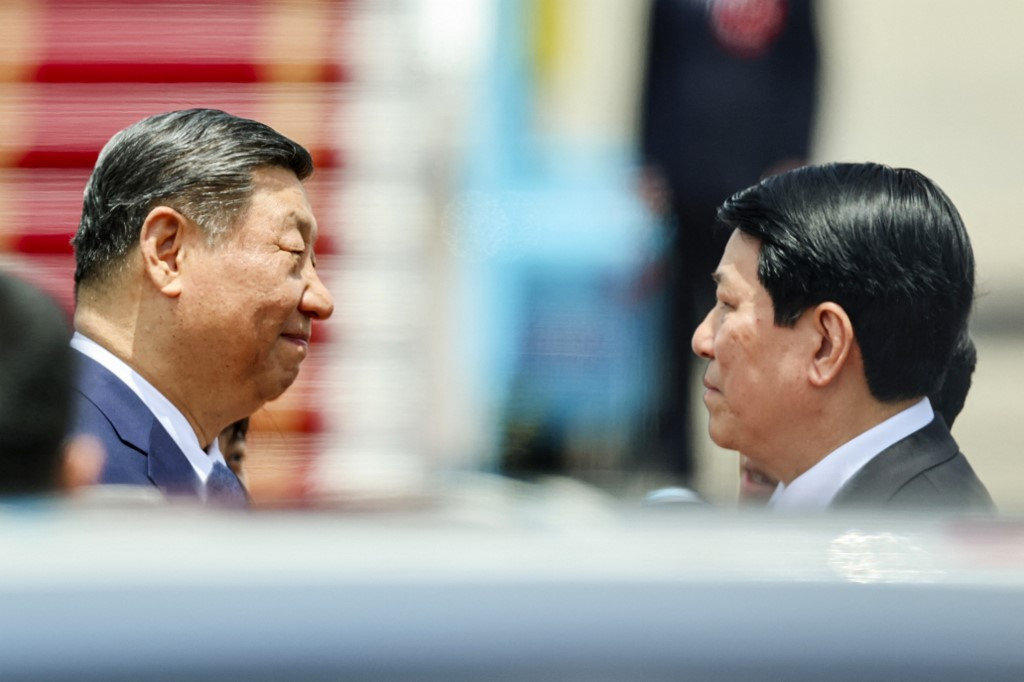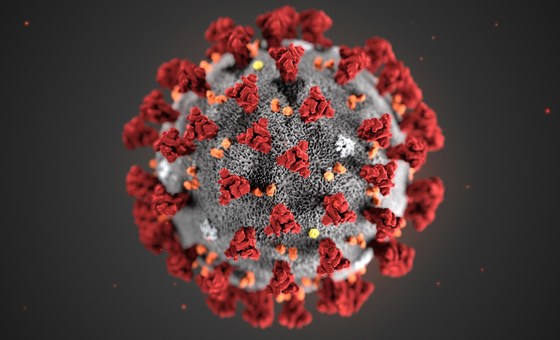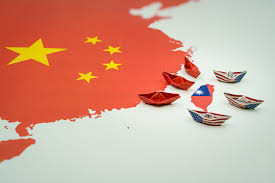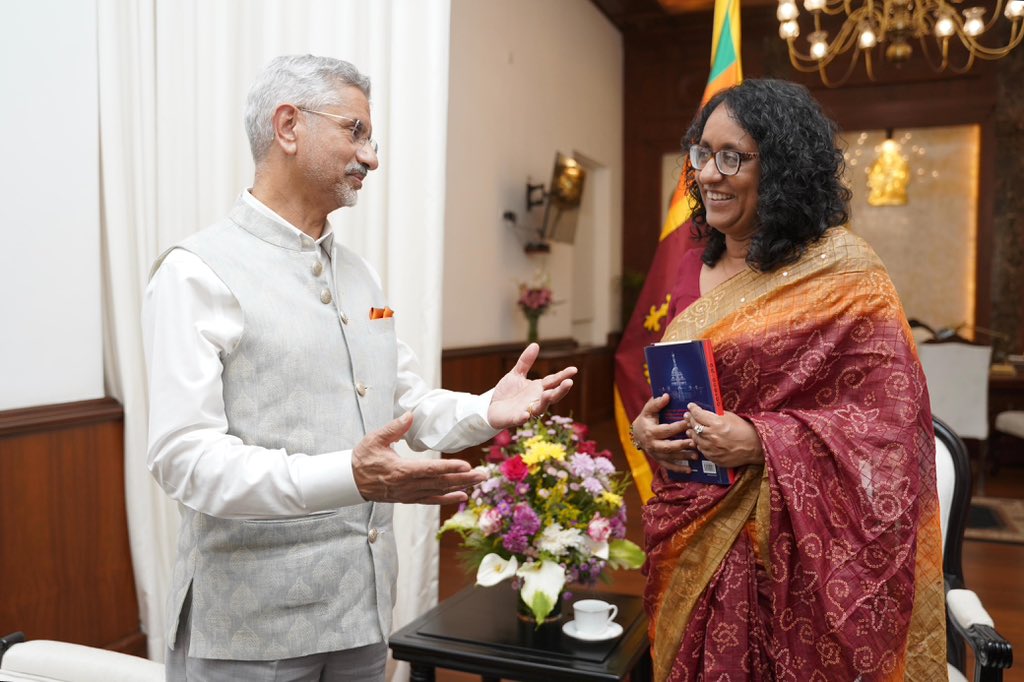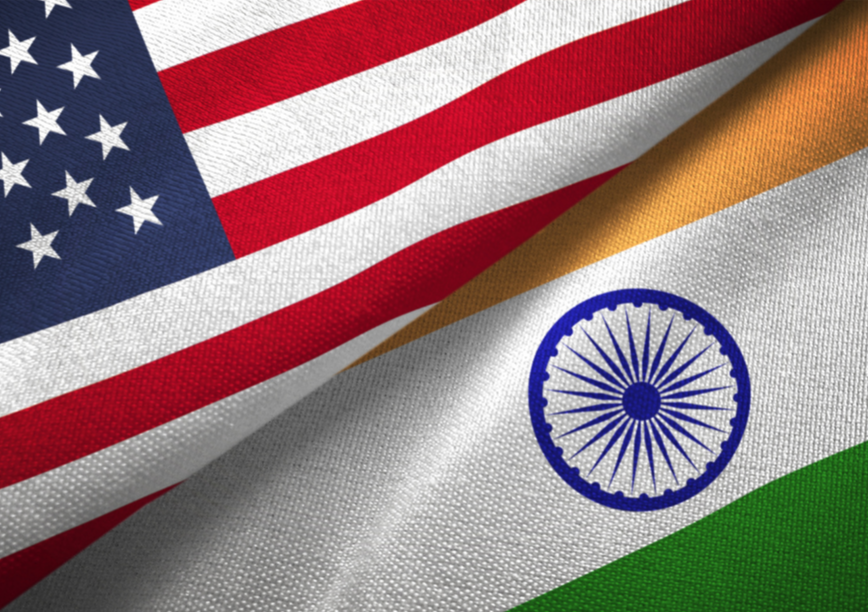Trump and Putin hold call, signal start of Ukraine ceasefire talks
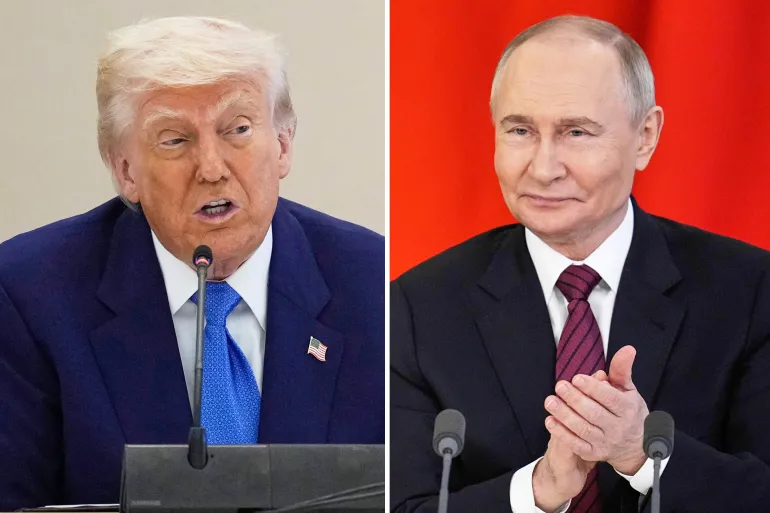
NEW DELHI: In a significant diplomatic development, U.S. President Donald Trump and Russian President Vladimir Putin held a two-hour phone conversation on Monday, May 19, focused on ending the ongoing war in Ukraine. While Trump announced that both sides would “immediately start negotiations toward a ceasefire,” the Kremlin response was more guarded, with no formal commitment to a truce.
The call comes amid mounting global pressure for peace after over three years of conflict that has claimed hundreds of thousands of lives and displaced millions.
Highlights of the Call
-
U.S. Stance: President Trump described the dialogue as “constructive and forward-looking,” adding that “both sides are now ready to talk.” He emphasized that “the time has come to end the bloodshed and restore stability in Europe.”
-
Russia’s Position: President Putin acknowledged the call and expressed conditional openness to peace talks, stating that Moscow is “prepared to consider drafting a memorandum for future negotiations.” However, the Kremlin reiterated its longstanding demands, including:
-
Ukrainian demilitarization
-
Neutrality from Western alliances
-
An end to U.S. and NATO military aid
-
-
Potential Mediation: The Vatican has offered to host the talks, with Switzerland and Turkey also floated as neutral venues.
Reactions from Ukraine and Europe
-
Kyiv’s Response: Ukrainian President Volodymyr Zelenskyy welcomed diplomatic engagement but firmly ruled out territorial concessions. “We will not negotiate over our land or sovereignty,” Zelenskyy said. He urged the international community to maintain sanctions until Russia fully withdraws from occupied regions.
-
European Caution: European Union leaders expressed skepticism about Russia’s intentions. German Chancellor Annalena Baerbock said any talks must come with “clear guarantees” for Ukraine’s security and territorial integrity. France and Poland echoed concerns that premature negotiations could “freeze” the conflict in Russia’s favor.
What’s Next?
While Trump’s declaration of “immediate” negotiations has raised hopes for de-escalation, analysts caution that without a concrete ceasefire or trust-building measures, the path to peace remains fraught.
The White House has not disclosed a detailed roadmap, and the Kremlin continues to insist on addressing what it calls “the root causes” of the war — a euphemism for its geopolitical grievances against NATO and the West.
Diplomatic observers suggest that the coming weeks will be critical in determining whether the call marks a genuine turning point or merely a pause in rhetoric.


